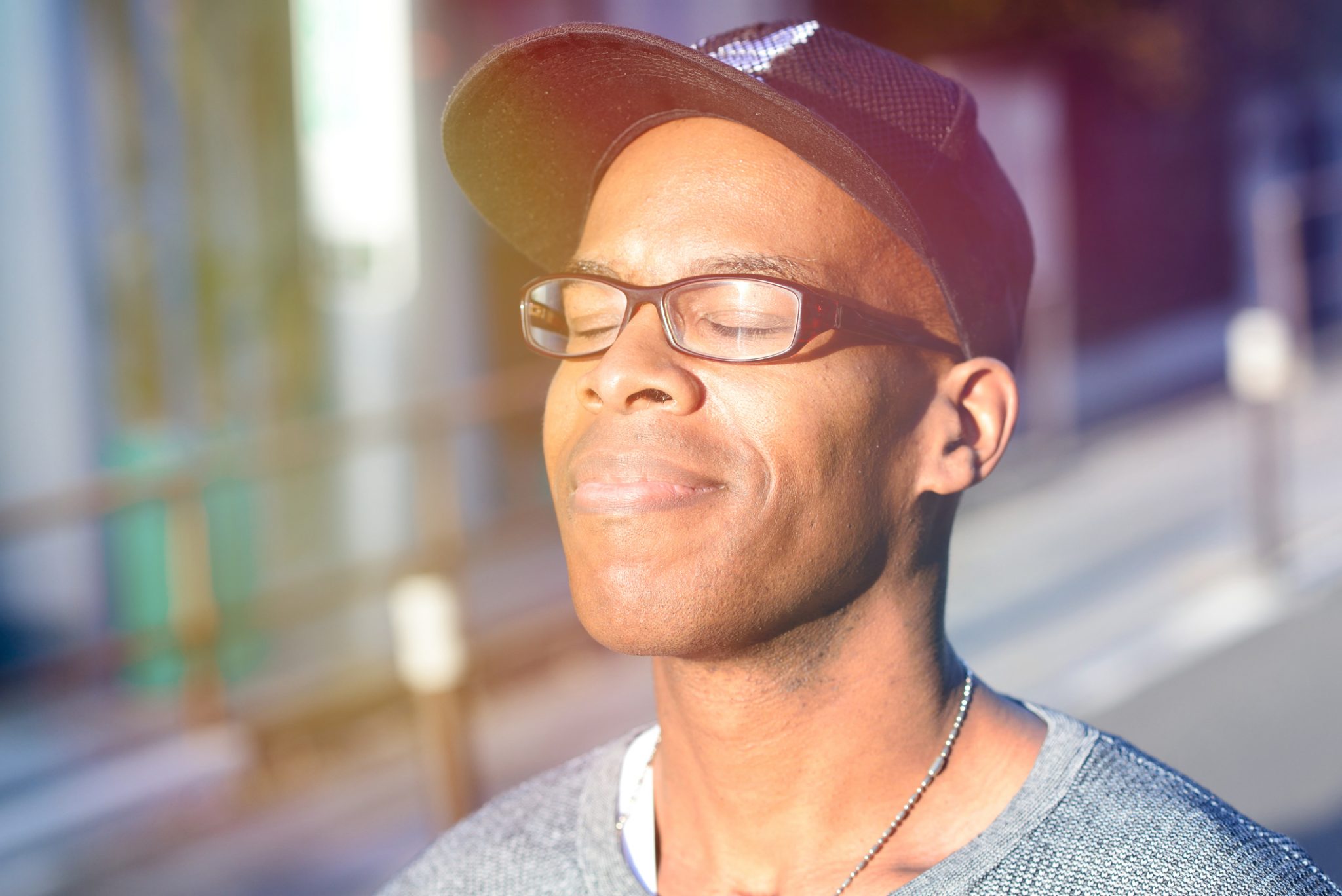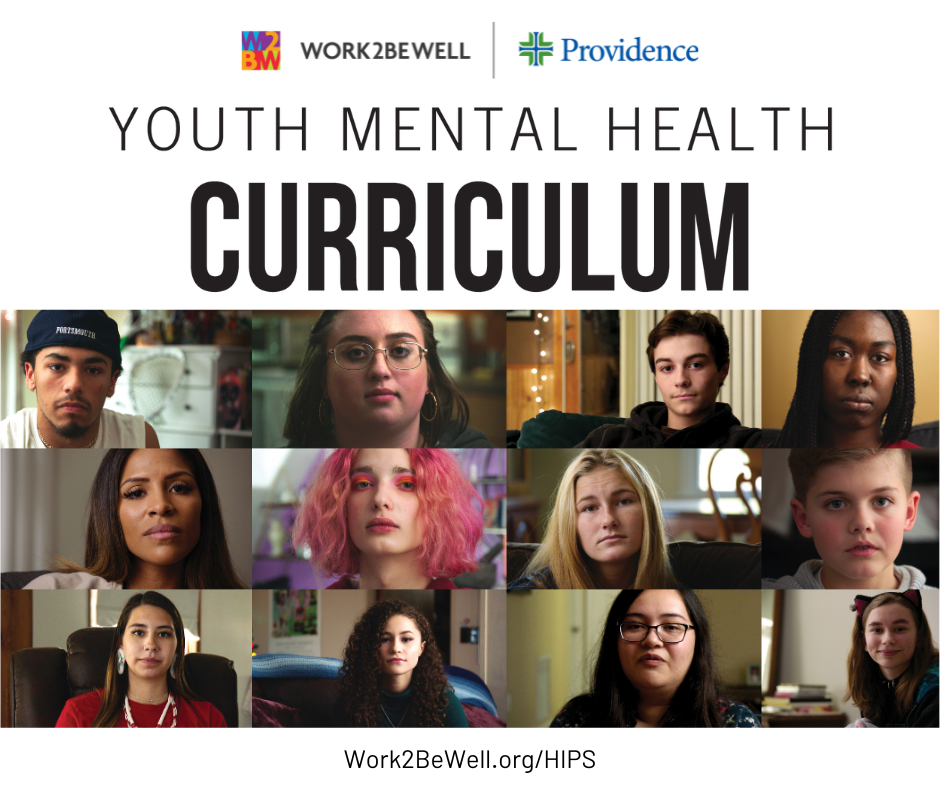Today seems like it’s just begun and already the sun is getting ready to set! Once again, it’s the shortest day of the year, the winter solstice. In the Northern Hemisphere, the winter solstice falls every December 21st (the Southern Hemisphere has its winter solstice six months later, on the 21st of June). And while winter may come with its bright holiday spots, figuratively speaking, these are also the darkest days of the year– in the literal sense. The sun rises at its latest, and sets at its earliest. It’s around this time of year you may hear people talking about the winter blues. You may even be feeling blue yourself.
When those winter blues become severe, when they appear regularly every year, and when they start to interfere with day to day life, you may hear it referred to by a different, more clinical-sounding name: Seasonal Affective Disorder, sometimes abbreviated as SAD. SAD is a type of depression triggered by the changing of the seasons and waning daylight, and it affects around 10% of the population.
Exactly what causes the disorder and how isn’t fully understood yet, but here’s what we do know. Seasonal Affective Disorder has something to do with:
Serotonin is the neurotransmitter that helps regulate our moods. Its believed that reduced amounts of sunlight may affect the levels of serotonin in a person’s body. And because lower levels of serotonin have been linked to an increased risk for depression, the thinking goes that less sunlight equals less serotonin equals an increased risk for SAD.
Circadian Rhythm is what we refer to as your biological clock. As the seasons change and with it the amount of sunlight you receive, your circadian rhythm can get disrupted, which can lead to symptoms of depression.
Melatonin is a hormone that helps to regulate sleep and has also been linked to SAD. The body produces increased levels of melatonin at night, and when the nights start growing long, the extra hours without daylight can disrupt the body’s level of melatonin, and this may also have a mood-altering effect.
Symptoms of SAD
The symptoms of Seasonal Affective Disorder look much like the same as symptoms of depression, with one key difference: the symptoms begin and end at around the same time each year. There are also a few common symptoms of depression that appear more frequently with SAD, like overeating, lethargy, and often, as a result of those two symptoms, weight gain. Other common symptoms of SAD include:
- Feelings of depression, which may include, hopelessness, poor self-esteem, guilt, apathy, and despair.
- More intense mood changes
- Trouble sleeping or oversleeping
- Irritability and the urge to isolate oneself
- Loss of libido
- Heightened and persistent anxiety

Coping with SAD
Below you’ll find some strategies for both treating and coping with SAD, all of which can be pursued together for the best results.
See your doctor: Visit with your doctor to talk about your symptoms. One person’s SAD isn’t necessarily the same as the next, and your doctor will be able to help you understand it better and figure out what your options are.
Light therapy: One possible avenue your doctor may pursue after a SAD diagnosis is light therapy, also called phototherapy. Light therapy treatment requires a lightbox a device that emits a bright light to mimic natural light. Typically, a patient undergoing light therapy, using the lightbox, will expose him or herself to light within the first hour of waking up. The effects may take a few days or a few weeks to become noticeable, but it appears to be a valid form of SAD treatment for most patients.
Eat well: People feeling the effects of SAD also often feel an urge to overeat, and especially to overindulge in carbohydrates. And while it may not be easy, it is far better to keep to a healthy, balanced diet. What we eat has a substantial effect on not just our physical health, but our mental health too.

Maximize your time in the sun: Because part of the problem is not getting enough sun, make the best of the daylight you can receive. This means spending time outside when you have a chance, though you may have to bundle up. It may also suggest keeping blinds open during daylight hours, or working near a lighted window when possible.
Keep to a regular sleep schedule: Because SAD is linked to disruptions in circadian rhythm, it’s important not to let your sleep schedule spiral out of control. Go to bed at a reasonable hour. Get enough rest, but resist the urge to hibernate.
Exercise: Exercise has been shown to treat mild to moderate symptoms of both depression and anxiety. Additionally, exercise helps ensure you sleep comfortably and regularly when night comes, which is especially useful when coping with Seasonal Affective Disorder. So choose a physical activity you enjoy and make it a regular part of your schedule. Exercise not just to look better, but to feel better.
Keep busy: One way to keep yourself away from the urge to hibernate is to keep your schedule full. This may mean throwing yourself into your work or your studies, or it might mean taking up a new hobby or project.

Socialize: A perfect way to keep busy is to surround yourself with people whose company you enjoy. Make dinner with your family. Meet a friend for coffee. Go on a first date. Our social health is a crucial piece of our overall healthiness, and it’s even more critical during times of extra emotional and mental strain.
Practice mindfulness: Symptoms of depression and anxiety both can be alleviated by practicing mindfulness techniques. You may have to experiment to decide which mindfulness techniques suit you best. It may be meditation or breathing/relaxation techniques, or maybe it’s something more physically engaging, like yoga or tai chi.
Medication: If your symptoms are relatively severe and don’t seem to be improving, treatment with antidepressants may benefit you. Talk with your doctor to learn more about pharmaceutical treatment options.
We want to know how you prioritize your health when the days get darker. How does winter affect your mood? Join the conversation on social media by using the hashtags #BeWell, #BeHeard, and #BeThere. And remember, although it may be dark right now, things are about to start getting brighter again, little by little.
If you need someone to talk to about the wellness challenges in your life, there are teens at Teen Line who want to listen. Call 310-855-4673, or text TEEN to 839863. Teen Line is open for calls from 6-10 PM California time. Another contact is Oregon Youth Line Call 877-968-8491 or text TEEN2T



